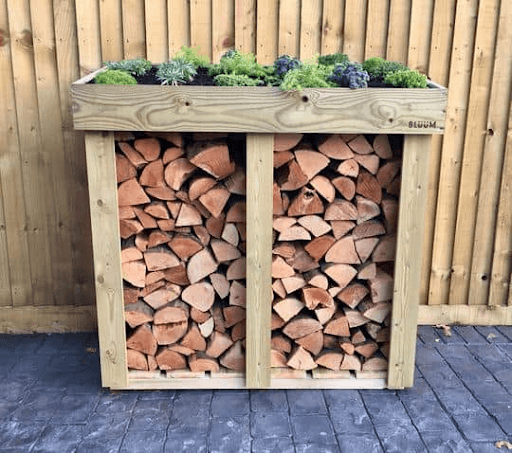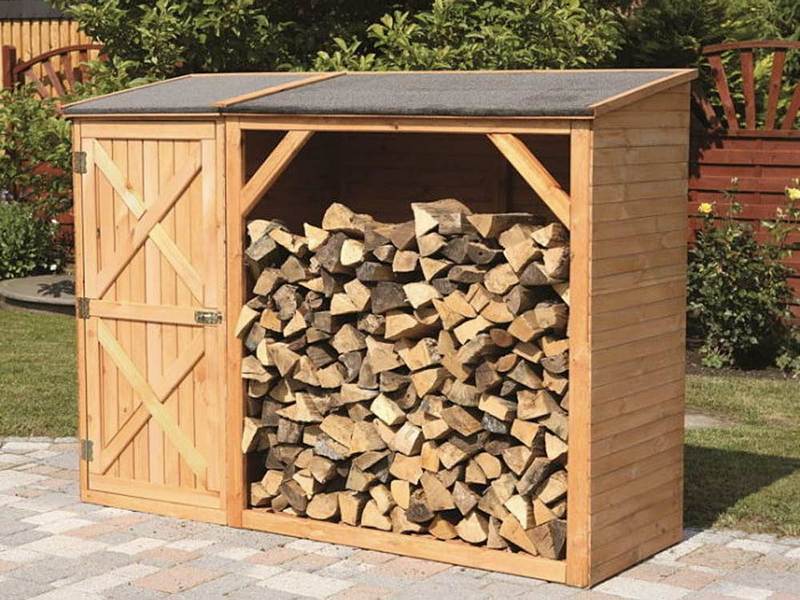Dry, well-stored firewood produces greater thermal energy, making it a more effective fuel. This guide will walk you through the process of collecting, drying, and storing firewood step-by-step to ensure quality fuel for your fireplace or stove.

Step 1: Collecting Firewood
First, you need to source your firewood. There are several ways to collect it:
Do-it-yourself logging: Obtain a logging permit from the local forestry service, which marks specific trees for you to cut. This is the most cost-effective method but also requires considerable effort.
Pre-cut logs: Forestry services often sell pre-cut wood for home use, delivered to your location. This saves you some effort, though it is slightly more expensive.
Pre-split, dried firewood: The easiest but most expensive option is to purchase split and dried firewood. This option requires only stacking it in a storage area.

Step 2: Preparing a Drying Area
Once you have your wood, it’s essential to dry it in a well-ventilated, open area. Ideally, choose an outdoor spot with good airflow where the wood can dry naturally. A simple cover to protect from rain can speed up the drying process. Avoid using tarps or plastic covers that trap moisture, and do not store freshly split wood in enclosed spaces, as this can lead to mold and rot.
Step 3: Stacking the Firewood
Stack the wood in a single layer with 20-30 cm (8-12 inches) of space between pieces to allow airflow. If you have access to special drying equipment, it can accelerate the process and enhance the wood quality.
Step 4: Quality Check
Once the wood has dried, check that it’s light, moisture-free, and without signs of dampness. If the wood is not fully dry, leave it to dry for a few more months.

Step 5: Moving to Storage
After drying, move the firewood to a storage area where it can continue drying. The best storage options include covered racks, sheds, or any sheltered space that keeps the wood dry and clean.
Step 6: Indoor Preparation in Winter
During winter, it’s helpful to bring a small amount of firewood indoors a day or two before use. Indoor humidity is typically around 30-35%, which helps further dry the wood, making it easier to ignite.
Final Tips
Hardwood like oak takes longer to dry compared to softwoods, while birch requires more time and care to reach optimal quality. With patience and proper storage, you’ll have high-quality fuel ready to heat your home efficiently.




